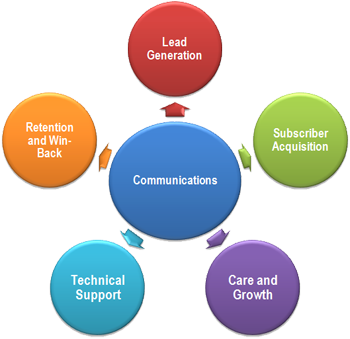Conscientious call center managers, who are concerned with the profitability and quality performance of their organization, are expected to think far beyond metrics they implement. They should initially understand the needs of their clients and try their best effort in order to meet their requirements. They should define their sales objectives as well as other effective ways of successful organization advancement. Nonetheless, it is impossible to imagine a reputable call center without properly implemented and measured metrics that always affect its performance. As a result, there is an increased need to learn more about those call center metrics that really matter in this business.
When we talk about the most significant measures, we should focus on such metrics as service level (general response time), adherence to a particular schedule and forecasting accuracy. Let us start with the service level first, since it is one of the most common metrics implemented in organizations of this type. If you fail to put this metric in place and measure it properly, you will not be able to find out how accessible your call center is to those customers who use its services. It also helps identify the approximate amount of agents required to ensure efficient servicing as well as basic criteria used to compare the performance of your call center with that of your competitors. Response time and service level matter for those call center managers who need to define the connection between the amount of resources they have and potential ability to reach the objectives they have set.
Schedule adherence is an important call center metric that helps measure the amount of time an agent is involved into the process of handling calls during his/her shift. The majority of call centers wish to achieve the 90% rate here, which means that each agent should be able to handle incoming calls 54 minutes during each hour. This measure is comprised of the overall amount of time an employee spends when working with clients and the amount of time he/she spends in the so-called “after-call work”, which implies waiting for the next incoming call or making outbound calls, for example.
Forecasting Accuracy is a great call center performance metric, which involves the correlation between the amount of forecasted incoming calls and their actual quantity. This measure is highly important, because if managers of these organizations underestimate the existing demand for call center services, it may result in lack of workforce, which, in its turn, will lead to unsatisfied customers, longer wait time in queues etc. Overestimation of this metric, however, may lead to overstaffing, excessive money expenditures and other related problems that will reduce the expected revenue.

